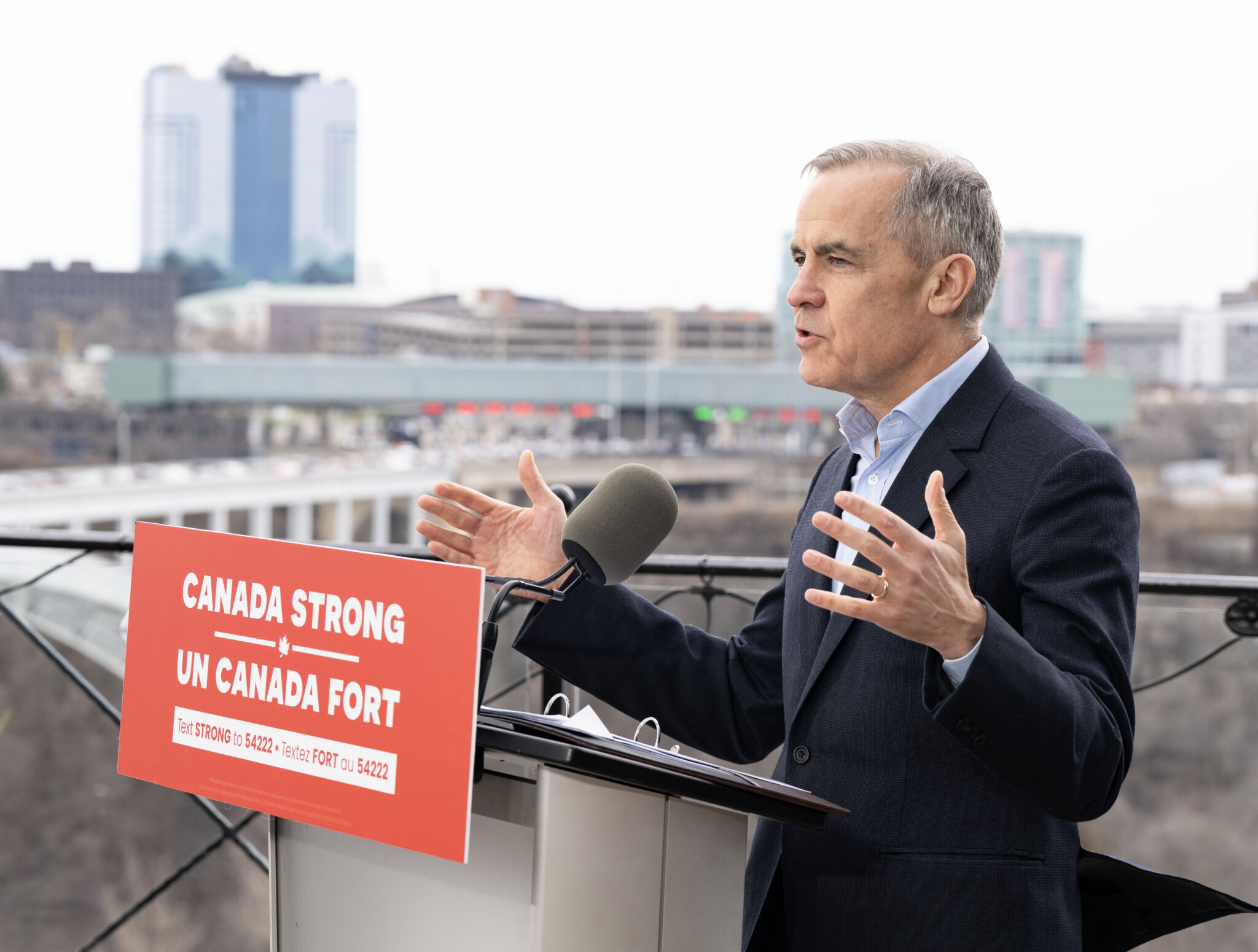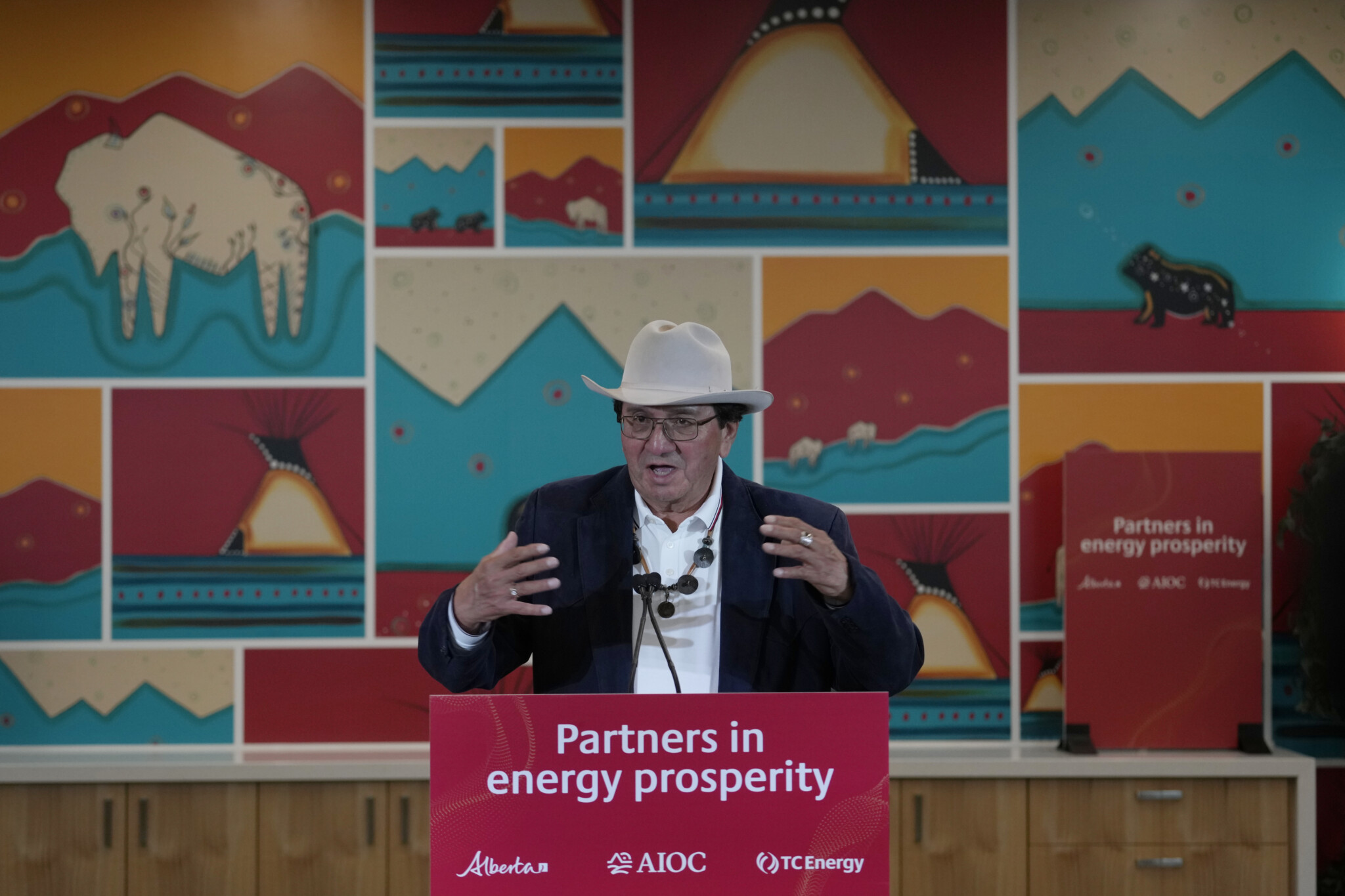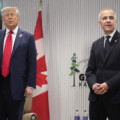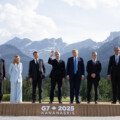Late last week, Prime Minister Mark Carney’s new government made good on its commitment to move quickly on major infrastructure development, tabling legislation aimed at fast-tracking projects deemed in the national interest.
Across the country, we’re getting the message clearly: this is urgent—for energy security, for growth, for productivity, for housing, for competitiveness. And Carney is right: we do need to build faster. The economic outlook demands it.
However, we must not overlook a critical point: building faster doesn’t mean skirting reality.
Historically, one of the main reasons for project delays in Canada—aside from political theatre and bureaucratic nonsense—was court challenges from First Nations. Fundamentally, these legal challenges reflected a failure to see First Nations as partners, whether at the higher end through commercial partnership or, at the very least, through consultation that is carried out in accordance with the honour of the Crown.
While the new legislation will establish a major projects office that will also include an Indigenous Advisory Council with different representatives, how this will work in practice is still uncertain. However, it must be noted that engaging an advisory or advocacy group is not a substitute for meeting the legal requirements for consulting with the Nations whose rights are engaged when it comes to major infrastructure development.
In recent years, things have changed. We hear less about projects tied up by courts. Some have even bumped along through the regulatory process at a relatively reasonable pace. To be clear, this isn’t because the Liberals made it easier over the past decade. It’s because the hard part was done right from the outset by First Nations and industry.
So, if one of Carney’s early goals is to fast-track key projects, he should look to accelerate ones where First Nations and industry have already done the difficult work. That means they’ve had the tough conversations, built business partnerships, secured First Nations and municipal support, met regulatory requirements, and pushed through regulatory burdens together. There’s nothing like shared struggle to forge real trust.
Now is the time to reward the doers.
Collaboration is key
Smart industry leaders made good with this reality decades ago. They realized waiting for the government to sort out its responsibility as it relates to the duty to consult was a major contributor to project delays.
So they developed their own solution to getting projects moving: entering into business partnerships with First Nations. These industry leaders sought to better understand the legal landscape, especially as it relates to Indigenous treaty rights, title, and inherent jurisdiction.
These leaders “engaged early,” as so many lawyers and consultants now advise their industry clients. They reached out directly to First Nations whose territories intersected with resource development projects they had in mind. They talked, listened, negotiated, and ultimately concluded business-focused partnerships that provided royalties and equity ownership among other solutions.
This approach could be seen through the 2015 agreement on the Brucejack Gold Mine between Pretium Resources and Nisga’a Nation. The deal outlined collaboration on permitting processes and saw Nisga’a receiving financial and other benefits. It would later help form Nations Royalty, Canada’s first Indigenous-owned public mining royalty company. It’s an understatement to say this leading agreement advanced reconciliation in a tangible way.
Another example: Cedar LNG. This project, owned in majority by the Haisla Nation, shows how everything moves faster when First Nations lead, industry acts like a true partner, and government gets out of the way. The outcome: no court challenges, quicker approvals, and real economic reconciliation.
This is, truly, what self-determination looks like. And both are top-tier models for how to fast-track a project.
Building trust
But it depends on a critical point: trust.
You may be thinking, “What about the First Nations who oppose development—those we see and hear in mainstream news?”
It’s true, not every one of the 634 First Nations across Canada is interested in entering into resource development agreements, and the reasons are varied. Often, if you listen closely, you hear that it’s not an outright refusal but rather a reflection of deeper, unresolved issues. The reality is, there are too many First Nations who have been waiting decades for the Crown to fulfill basic points like ensuring access to clean water, basic energy infrastructure, and a resolution to outstanding land claims. That trust is just not there—yet.

Mark Carney in Niagara Falls, Ont., April 18, 2025. Christinne Muschi/The Canadian Press.
What I hear from many First Nations leaders when they dissent on policy proposals like Carney’s fast-track legislation is that they no longer wish to be bypassed or excluded. They want the same as any community leader, Indigenous or otherwise: respect.
And it is truly government’s job to step up on that front. However, this can’t be done through checkbox consultation exercises or well-crafted memos from government lawyers advising against risk on all fronts. If Carney is serious about expediently delivering on his commitment to getting things moving again in Canada, his government will need a consultation strategy that this country—or any country—has never before seen.
It must be a multi-level national outreach effort led by Carney, his ministers, public sector executives, and trained teams. They must travel out of Ottawa to the various First Nations and engage in concrete dialogue, through protocol that rests at the foundation of the Indigenous-Crown relationship. It’s not Ottawa’s role to cut deals between industry and First Nations. It is, however, their role to uphold the honour of the Crown and ensure that consultation obligations are fulfilled. Over time, that constitutional responsibility has been displaced by bureaucratic inertia.
And then there’s industry. Some industry groups have hit a wall with First Nations. Instead of going back to the table, they ask Ottawa to legislate First Nations into action or encourage them to conduct minimum-standard consultations, seeking to have projects move around First Nations. This is when things get political—and projects slow, stall, and often die.
It’s ironic. The relationship between industry and First Nations isn’t political until industry makes it so by pulling government into the mix.
If the prime minister is serious about boosting our lagging productivity, driving economic growth, and delivering results for Canadians, he ought to resist rewarding the fighters and reward the lovers instead: the industry groups that showed up, got to work with First Nations, and concluded business partnerships that see everyone win.
Consent requires alignment
But what about all of this talk about consent?
Many people believe that consent under the United Nations Declaration on the Rights of Indigenous Peoples (UNDRIP) is absolute. In fact, it serves a useful principle in assisting industry and governments to understand First Nations’ rights, but there is a finer point that seems to have escaped public discourse: UNDRIP’s Article 46.
Article 46 states that nothing in it may be interpreted as authorizing actions that impair the territorial integrity or political unity of a state. This serves as a quiet yet critical reminder that Indigenous rights, as per UNDRIP, exist within a shared legal order. It’s in our shared interest—among First Nations, industry, governments, and citizens alike—to have balance, not gridlock.
This clause, as was argued in the Kebaowek case, allows governments to assert that advancing the national interest justifies overriding Indigenous dissent. For industry, Article 46 could be viewed as a safety valve. For First Nations, it could be seen as a loophole that undermines the integrity of the Indigenous rights framework. As the Kebaowek case works its way through the judicial system, the exact meaning of the article remains in question.
But one thing is certain: when First Nations and industry work together as business partners, the question of consent becomes far less complicated because alignment has been built.
Those projects where alignment exists should be moved to the front of the queue. However, with the provinces operating in silos, industry measuring legal risk, and First Nations on the backfoot with no other options than to react, a hand from government may be required. Carney can bring some degree of certainty by setting out policy that incentivizes early engagement through regulatory credits or expedited reviews, defines requirements on consultation and accommodation and how these are successfully applied, and sets timelines for such consultation processes.
The prime minister is right to want speed. Our collective interests require it. However, speed without alignment risks delay.
If Canada wants to build faster, we must build smarter. That means framing business partnerships with First Nations as a competitive advantage, not a regulatory hurdle. The reality remains: the path to Canada’s prosperity runs through territories shared by First Nations and Canadians as represented by the Crown. Ottawa faces a choice as to whether it will walk that path with—or over—First Nations.
If government and industry continue to choose resistance and exclusion over business partnership, we may end up exactly where we’ve been too many times: stalled, again. We can do better.










